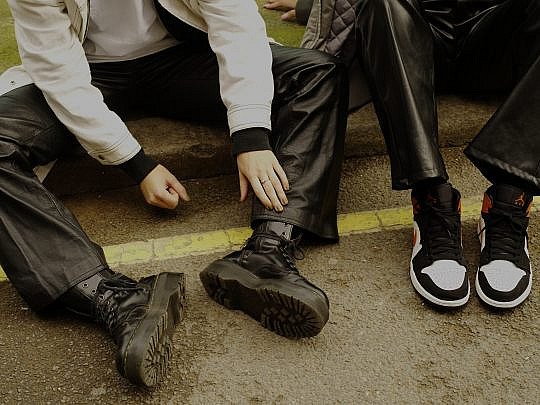
The ultimate leather Christmas gift guide 2023
Want to gift something artisan this Christmas? Look no further than our round-up of the best leather gifts, from the brands that put sustainability first.
US hides have been valued at less than 2% of a cow’s total value for the last two years, which is why they are considered a by-product and often end up as waste.
300 million hides come from the meat and dairy industries around the world each year. Around 33million are processed the US, but as many as 4.8million US hides ended up as landfill in 2020 – that’s 15% of the national total.
Worldwide the waste figure is approximately 40% or 120million hides. With the average hide weighing 25Kg this means that 3million tonnes are thrown away ever year.
Leather production turns more than 4.5million tonnes of potential waste, every year, into usable, durable goods. This saves 2.7m tonnes of greenhouse gas emissions from landfill sites.
Leather IS a by-product. And the more we use, the more waste we save.

Want to gift something artisan this Christmas? Look no further than our round-up of the best leather gifts, from the brands that put sustainability first.

We've put together the Ultimate Leather Care Guide, keep to these golden rules in caring for your pieces and your leather will last a lifetime.

Complete our survey, help us to find out more and, if you live in the Italy, France, Mexico or Taiwan, you could bag yourself an Amazon e-gift voucher.

Dublin designer’s twists on the biker jacket add femininity to the classic silhouette